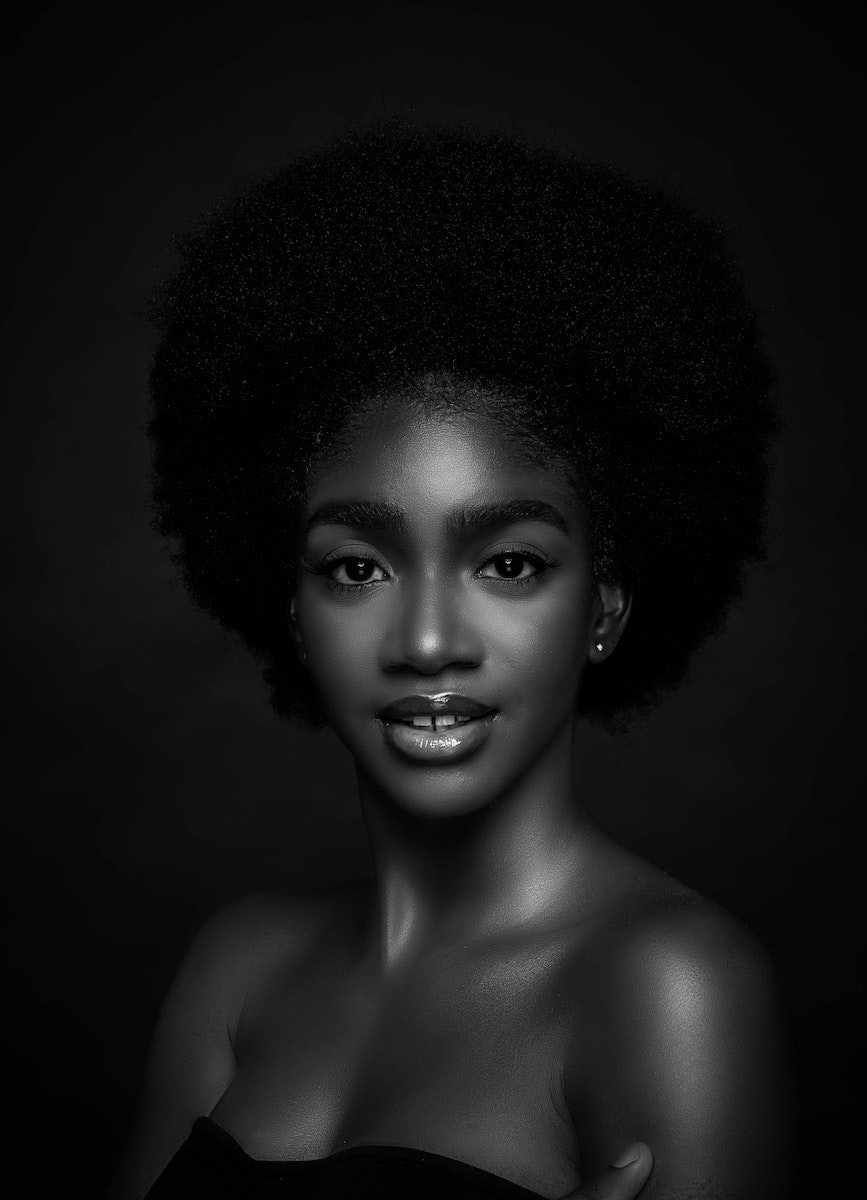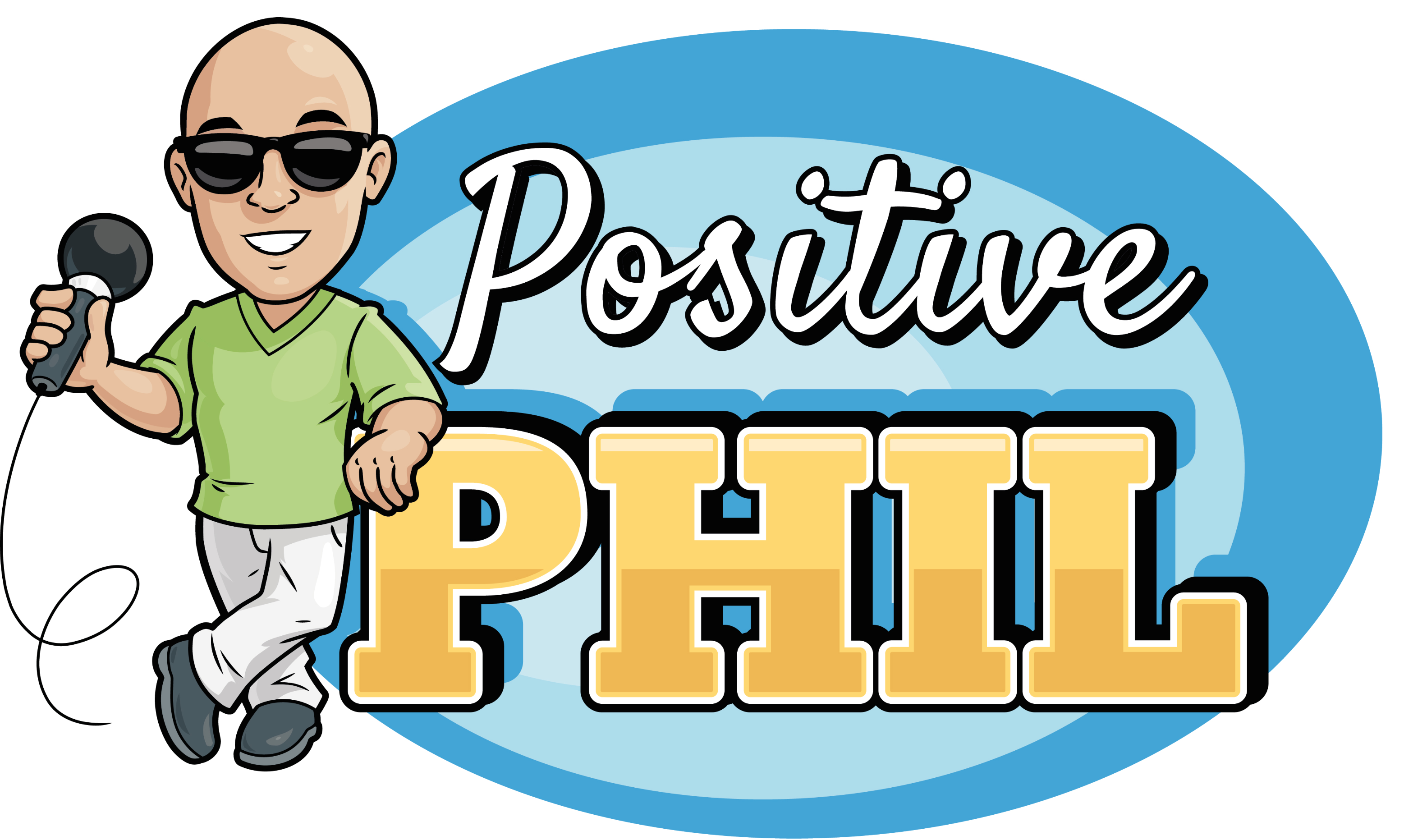Fashion is more than just clothing—it’s a form of self-expression, a reflection of cultural trends, and a booming global industry that influences millions of lives. Whether you’re an aspiring designer, entrepreneur, or someone looking to make a difference in the world of fashion, this industry offers countless opportunities for creativity, innovation, and success.
At Positive Phil, we’re passionate about the transformative power of fashion, both in terms of personal style and its impact on society. In this detailed guide, we’ll delve into the fashion industry, from its rich history to modern-day trends and how you can carve your own niche in this vibrant world.
1. Understanding Fashion: What Is Fashion Really About?
Fashion is an ever-evolving art form that reflects not only personal identity but also societal values, technological advancements, and cultural movements. It includes everything from clothing, accessories, and footwear to hairstyles and makeup. Fashion has the power to shape trends, influence opinions, and even spark movements.
Key Elements of Fashion:
- Design: Creating clothes, accessories, and footwear that resonate with trends and individual tastes.
- Retail: Selling fashion items to consumers, both in physical stores and online platforms.
- Styling: Putting together looks that express creativity and help individuals communicate their personality.
- Sustainability: A growing movement to create eco-friendly and ethically produced fashion that minimizes waste and environmental impact.
2. The Fashion Industry: An Overview
The fashion industry is vast and multi-faceted, with numerous players working together to create the world’s most coveted styles. Understanding how this industry works is crucial for anyone looking to break into fashion, whether they’re a designer, retailer, or marketer.
Key Sectors in the Fashion Industry:
- Haute Couture: Custom, high-end, and often extravagant clothing made for individual clients.
- Ready-to-Wear: Mass-produced clothing that is sold in standard sizes and is more accessible to the general public.
- Fast Fashion: The rapid production of cheap, trendy clothing based on the latest runway trends. However, this sector has faced growing criticism due to its environmental and ethical impacts.
- Fashion Accessories: Bags, shoes, jewelry, hats, and other fashion-related items that complement and enhance clothing.
- Fashion Marketing & PR: Public relations and marketing campaigns designed to promote brands, designers, and collections.
3. Building a Career in Fashion: Key Paths to Explore
There are various paths within the fashion industry, each requiring different skill sets, but all offering exciting opportunities for those passionate about design, creativity, and business.
A. Fashion Design
Fashion designers are responsible for creating new collections, from initial sketches to the final product. They must be innovative, stay on top of trends, and understand fabrics, colors, and garment construction.
- Skills Needed: Creativity, an eye for detail, sewing and pattern-making knowledge, understanding of fashion trends.
- How to Start: A degree in fashion design, internships with established designers or brands, and networking with other industry professionals are key steps to success.
B. Fashion Styling
Fashion stylists play a critical role in curating looks for photo shoots, events, and magazine spreads. They work closely with photographers, designers, and models to create visually appealing and cohesive outfits.
- Skills Needed: A strong sense of style, creativity, knowledge of trends, and good networking skills.
- How to Start: Building a portfolio, interning with high-end stylists, and gaining experience by styling personal projects are essential to entering this field.
C. Fashion Marketing and Branding
Fashion marketing and branding professionals are responsible for promoting fashion brands and ensuring they stand out in a crowded market. From social media campaigns to influencer partnerships, marketing professionals help create a brand’s identity.
- Skills Needed: Strong communication, creativity, digital marketing knowledge, social media expertise.
- How to Start: A background in marketing, business, or communication, combined with hands-on experience in social media or content creation, is a great foundation.
D. Fashion Merchandising
Fashion merchandisers are experts in retail and sales. They work to ensure that the right products are available at the right time and in the right place. They also play a role in inventory management and setting pricing strategies.
- Skills Needed: Business acumen, retail experience, understanding of supply chain logistics.
- How to Start: A degree in fashion merchandising or business, combined with experience in retail, can help you land a job in this field.
E. Fashion Photography
Fashion photographers work with models and stylists to capture the beauty of fashion for advertisements, magazines, and websites. It’s a blend of art and commerce, as these images can make or break a brand.
- Skills Needed: Photography skills, an understanding of lighting, composition, and an eye for fashion.
- How to Start: A portfolio, photography experience, and the ability to network in the fashion industry are crucial for getting started.
4. The Rise of Sustainable Fashion: A Shift Toward Eco-Friendly Practices
As consumer awareness around environmental issues increases, sustainable fashion has become a major topic of discussion in the industry. Fashion brands are increasingly adopting eco-friendly practices, such as using organic fabrics, reducing waste, and embracing circular fashion models.
Key Sustainable Fashion Practices:
- Eco-Friendly Fabrics: Organic cotton, hemp, bamboo, and recycled materials are becoming more popular in clothing production.
- Ethical Labor Practices: Brands are focusing on improving working conditions for garment workers and ensuring fair wages.
- Circular Fashion: This involves designing clothes that are intended to be reused, recycled, or upcycled, rather than thrown away.
Consumers today are more informed and conscious about the environmental impact of the products they purchase, and fashion brands are adapting by embracing sustainability. Starting a sustainable fashion brand or incorporating ethical practices into an existing brand can give you a competitive edge in today’s market.
5. How to Market Fashion: Growing Your Brand and Reaching Consumers
The fashion industry is highly competitive, but with the right marketing strategies, you can make your brand stand out. Here’s how to successfully market your fashion business:
A. Social Media and Influencer Marketing
Social media is a powerful tool in the fashion industry. Platforms like Instagram, TikTok, and Pinterest are hubs for fashion inspiration, and working with influencers can help you reach a wider audience.
- Strategy: Post high-quality images, share behind-the-scenes content, and collaborate with fashion influencers to build brand awareness.
- Tip: Use hashtags to make your posts discoverable and engage with your followers to build a community around your brand.
B. Brand Storytelling
Consumers want to connect with brands on an emotional level. Telling a compelling brand story that aligns with your values and resonates with your target audience can foster deeper connections and loyalty.
- Strategy: Share your brand’s mission, vision, and journey through your website, social media channels, and marketing campaigns.
- Tip: Transparency about your manufacturing process, material sourcing, and sustainability efforts can help build trust with your customers.
C. E-Commerce and Online Presence
As more consumers shop online, having a strong e-commerce platform is essential for growing your fashion brand. Your website should be visually appealing, user-friendly, and optimized for mobile shopping.
- Strategy: Invest in a professional website, optimize your product pages with clear photos and descriptions, and offer a seamless checkout experience.
- Tip: Use SEO techniques to improve the visibility of your site and attract organic traffic from search engines.
D. Fashion Shows and Events
Fashion shows, pop-up shops, and events are great ways to showcase your designs and engage with your audience. Whether it’s an exclusive runway show or a local pop-up, these events help build buzz around your brand.
- Strategy: Create memorable experiences that align with your brand’s identity. Collaborate with other creatives, such as makeup artists, stylists, and photographers, to make your event stand out.
- Tip: Offer limited-edition pieces or exclusive discounts to attendees to create excitement.
6. The Future of Fashion: What’s Next for the Industry?
The fashion industry is constantly evolving, driven by new technologies, shifting consumer preferences, and global challenges. As the industry continues to innovate, there are several trends that are shaping the future of fashion:
- Technology Integration: Innovations like virtual fashion shows, augmented reality (AR) fitting rooms, and AI-driven design are revolutionizing the way consumers interact with fashion.
- Personalization: Consumers are increasingly looking for personalized shopping experiences, from custom-made clothing to personalized recommendations based on AI.
- Inclusive Fashion: The movement toward size inclusivity, diversity, and representation continues to grow, as brands become more aware of the need to cater to a broader range of body types, ethnicities, and genders.
By staying informed about the latest trends and embracing new technologies, you can position yourself to thrive in the ever-changing fashion landscape.
Conclusion: Making Your Mark in the Fashion World
The fashion industry is a dynamic and exciting place for anyone with a passion for creativity, business, and innovation. Whether you’re starting your own fashion brand, pursuing a career in fashion design, or simply looking to make an impact in this field, there are countless opportunities to grow, innovate, and succeed.
At Positive Phil, we encourage you to embrace the ever-changing world of fashion, stay true to your values, and push the boundaries of creativity. Fashion has the power to not only shape personal identity but also influence culture and the world around us. With dedication, passion, and a clear vision, you can make a lasting impact on the fashion industry and leave your mark on the world.
For more insights, inspiration, and resources, visit Positive Phil and stay ahead of the latest fashion trends and business strategies.


















